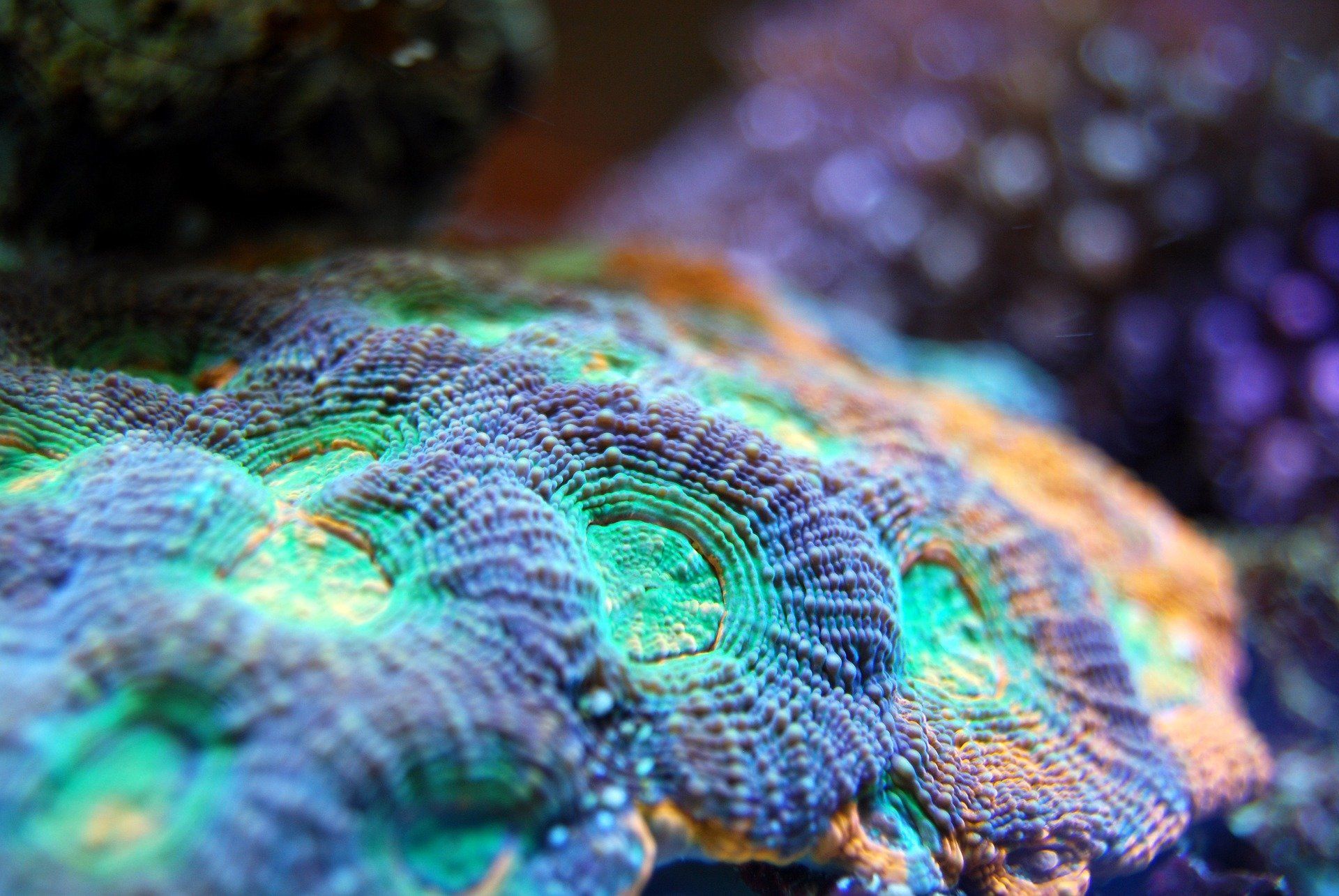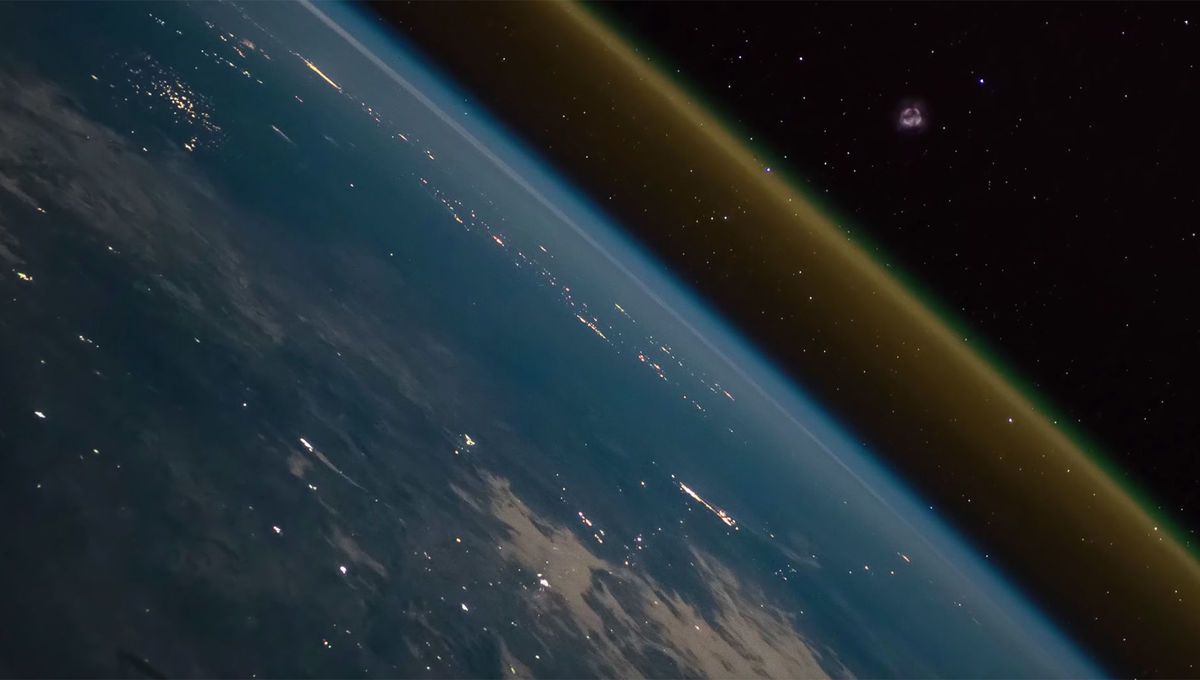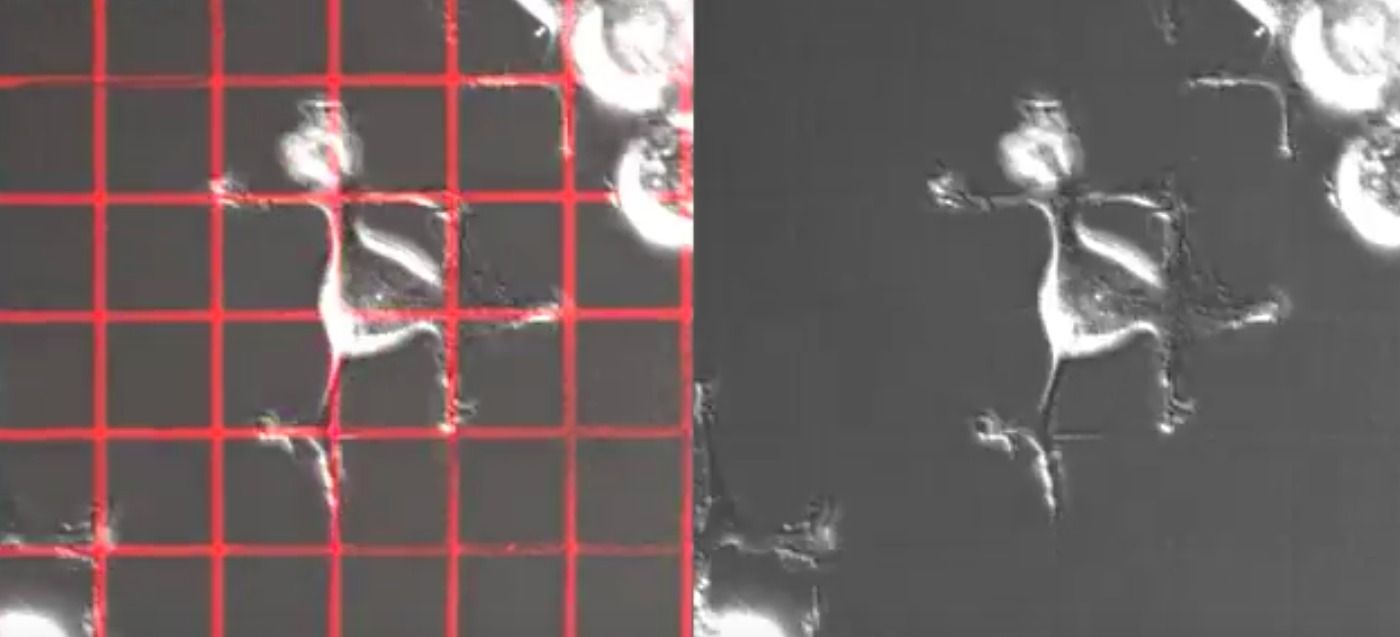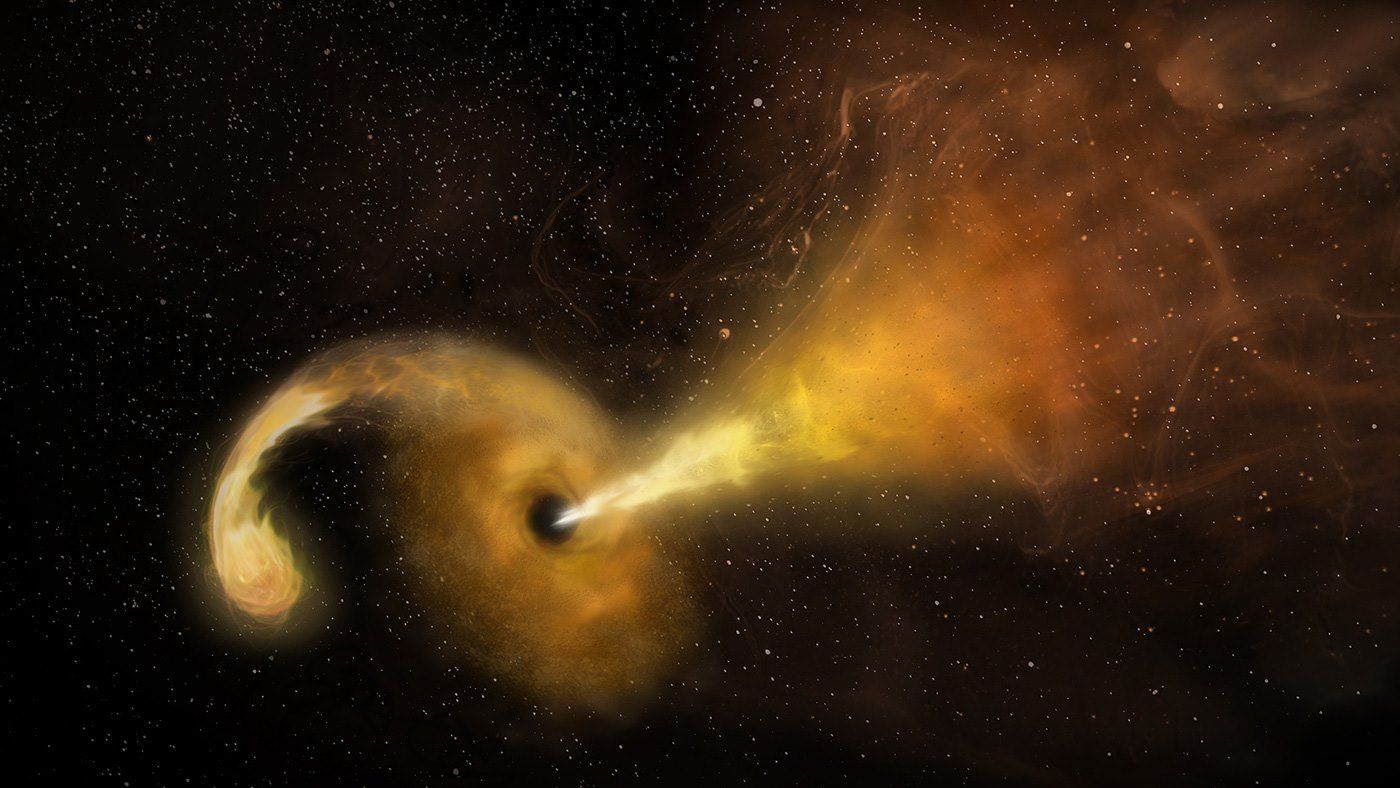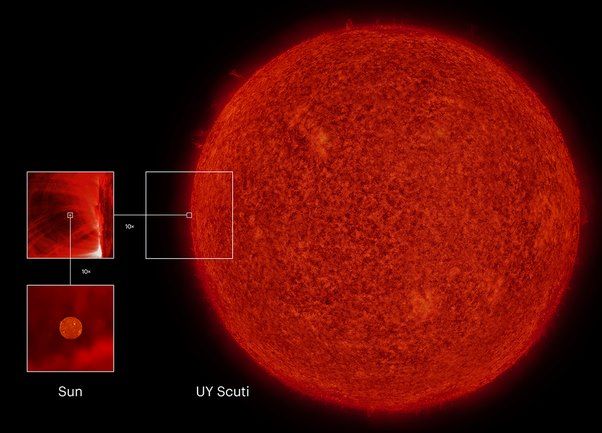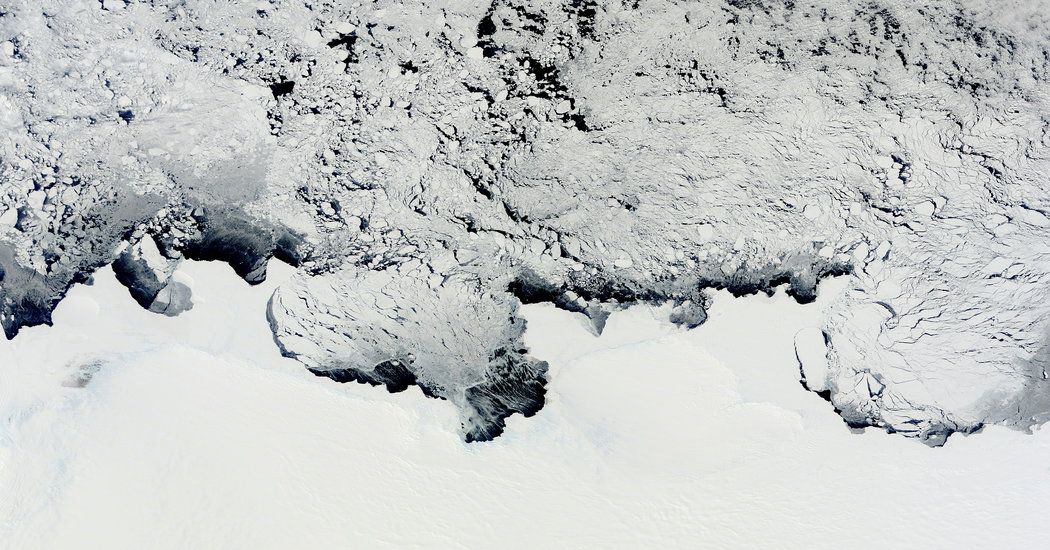Nov 23, 2018
UGA researchers discover genes that give vegetables their shape
Posted by Genevieve Klien in categories: food, genetics
From elongated oblongs to near-perfect spheres, vegetables come in almost every size and shape. But what differentiates a fingerling potato from a russet or a Roma tomato from a beefsteak?
Researchers at the University of Georgia College of Agricultural and Environmental Sciences have recently found the genetic mechanism that controls the shape of our favorite fruits, vegetables and grains.
In article published this month in the journal Nature Communications, Esther van der Knaap, professor of horticulture, and her team at UGA detail the genetic traits, shared by multiple plants that have been shown to control fruit, leaf and seed shape.
Continue reading “UGA researchers discover genes that give vegetables their shape” »

